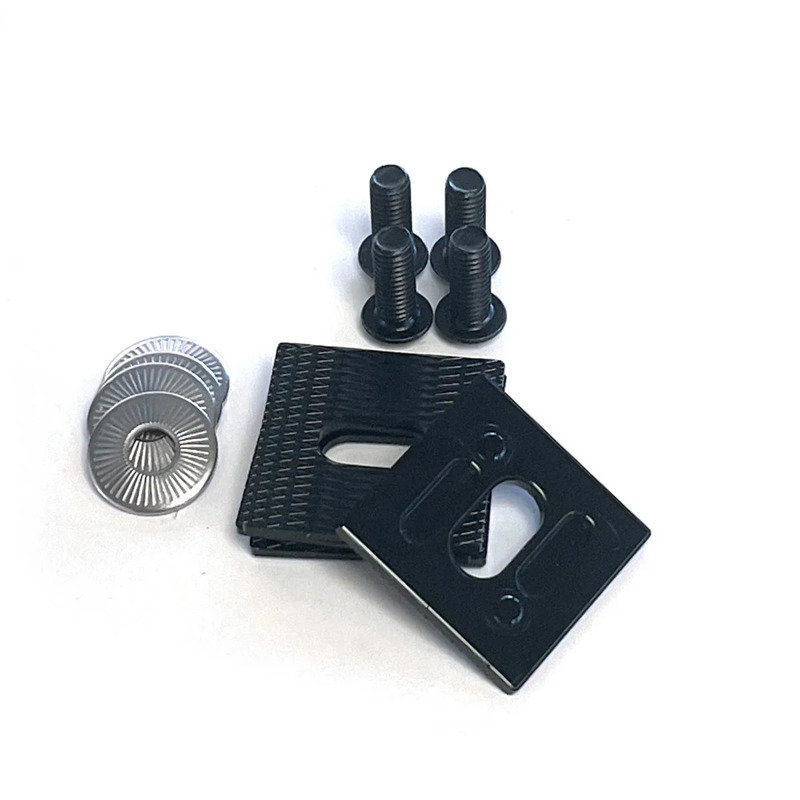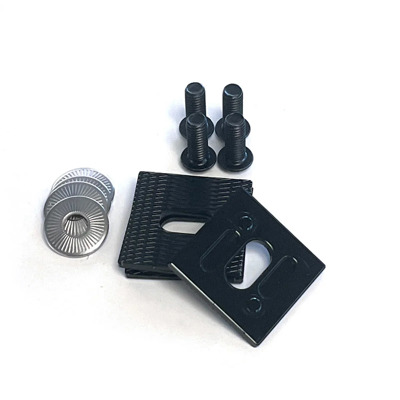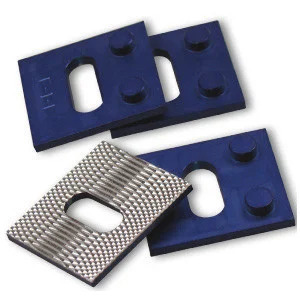Cádomotus Boot risers & cantology wedges for db6 frames only
€ 23,97 excl. VAT
CMS.07.04.600
In stock
Description
Not every body is made for skating. Many of us are shaped in such a way that the geometry of our hips, legs, or ankles hinders our ability to improve our skating. Ideally, when an inline skater is in a neutral position, with their body weight centered over their skates, their weight should be evenly distributed across each foot. On inline skates, this means they can easily shift their body weight from side to side and with small movements of the knee, instantly use both sides to steer or adjust or control a turn. But for many speedskaters, this is simply not the case. When we try to stand in a neutral position, more of our weight is focused on the inside or outside edge of our feet because of the way our bodies are shaped. We can have this problem with one foot, or both feet, and the imbalanced weight distribution can go either way - to the inside or outside of the foot. On inline skates, these skaters are at a disadvantage because their skate is naturally more to one side. So it is difficult to change the edges and we have to move the knee a greater distance to the 'high side' to compensate for this.
Cádomotus frames are usually low. If your shoes also have low mounting blocks, it is possible that the 2nd or middle wheel of your setup is blocked by the carbon shell of your shoe. In this case, you need these risers to lift your shoe and let your wheels turn freely.
Tip: The risers in an angle are to correct pronation or supination on your skates. In 98% of the cases, however, it is better to move the frame slightly inwards or outwards. By positioning the frame 1-2 mm inwards, especially at the heel or the back groove, you force yourself to come more onto your outer edges, this also relieves pressure points on the outer ankle bone, if you have them.
Cádomotus frames are usually low. If your shoes also have low mounting blocks, it is possible that the 2nd or middle wheel of your setup is blocked by the carbon shell of your shoe. In this case, you need these risers to lift your shoe and let your wheels turn freely.
Tip: The risers in an angle are to correct pronation or supination on your skates. In 98% of the cases, however, it is better to move the frame slightly inwards or outwards. By positioning the frame 1-2 mm inwards, especially at the heel or the back groove, you force yourself to come more onto your outer edges, this also relieves pressure points on the outer ankle bone, if you have them.












